By Allison Torres Burtka
I’m walking through the grounds of an organic tea farm and estate in the Uva highlands of Sri Lanka. I step carefully through a field of low-lying tea plants that are interspersed with seemingly random skinny, taller plants. But the estate manager, who’s showing me around, points out the tags on the taller ones. They’ve been planted recently.
These trees are either native species chosen to shade the tea plants, an agroforestry practice that also enriches the soil, or they’re fruit-bearing trees that will boost the farm’s production of mango, avocado, and other crops, which fuels the estate’s robust community development work.
Tree planting is inherently a good thing. But beyond sequestering carbon and reforestation, tree planting can help uplift struggling communities—if they’re true partners in the process. Adventure travel operator G Adventures, along with community tourism nonprofit Planeterra, has planted more than 3.8 million trees at 20 sites around the world to benefit communities in measurable ways, from creating jobs to empowering small businesses.
This initiative, called Trees for Days, plants a tree for every day a traveller is on a G Adventures tour. It works with community partners to figure out what kind of tree planting project would most benefit the people who live where G Adventures travels. When tree planting is this thoughtful, the potential social, economic, and environmental benefits are huge.

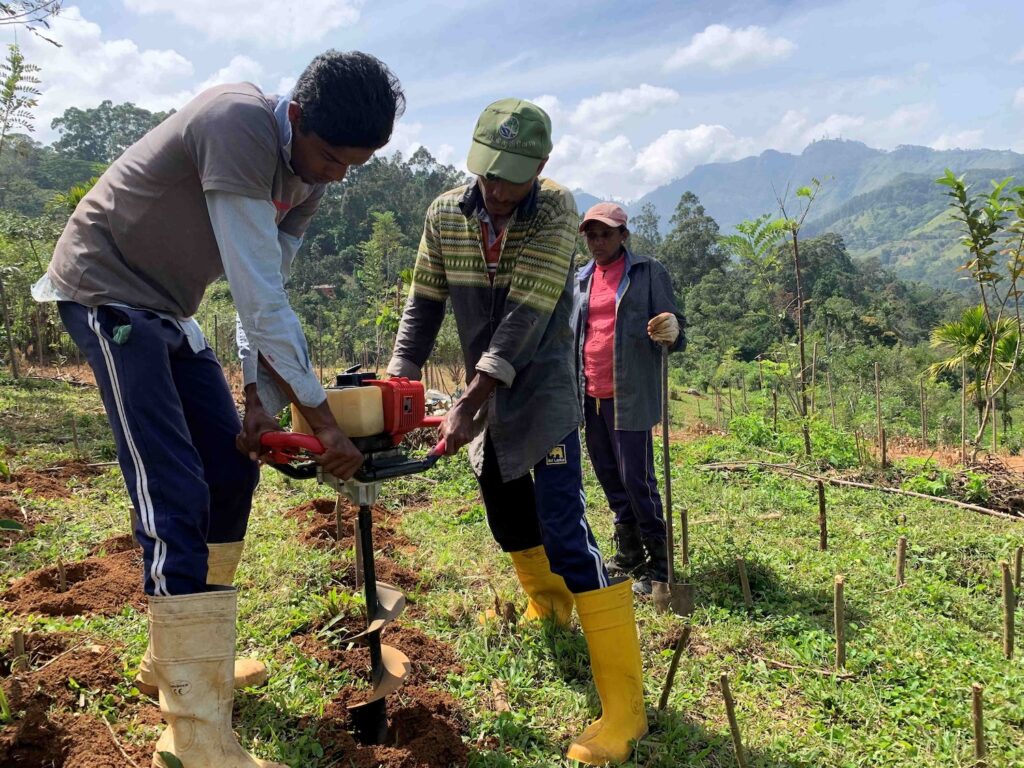
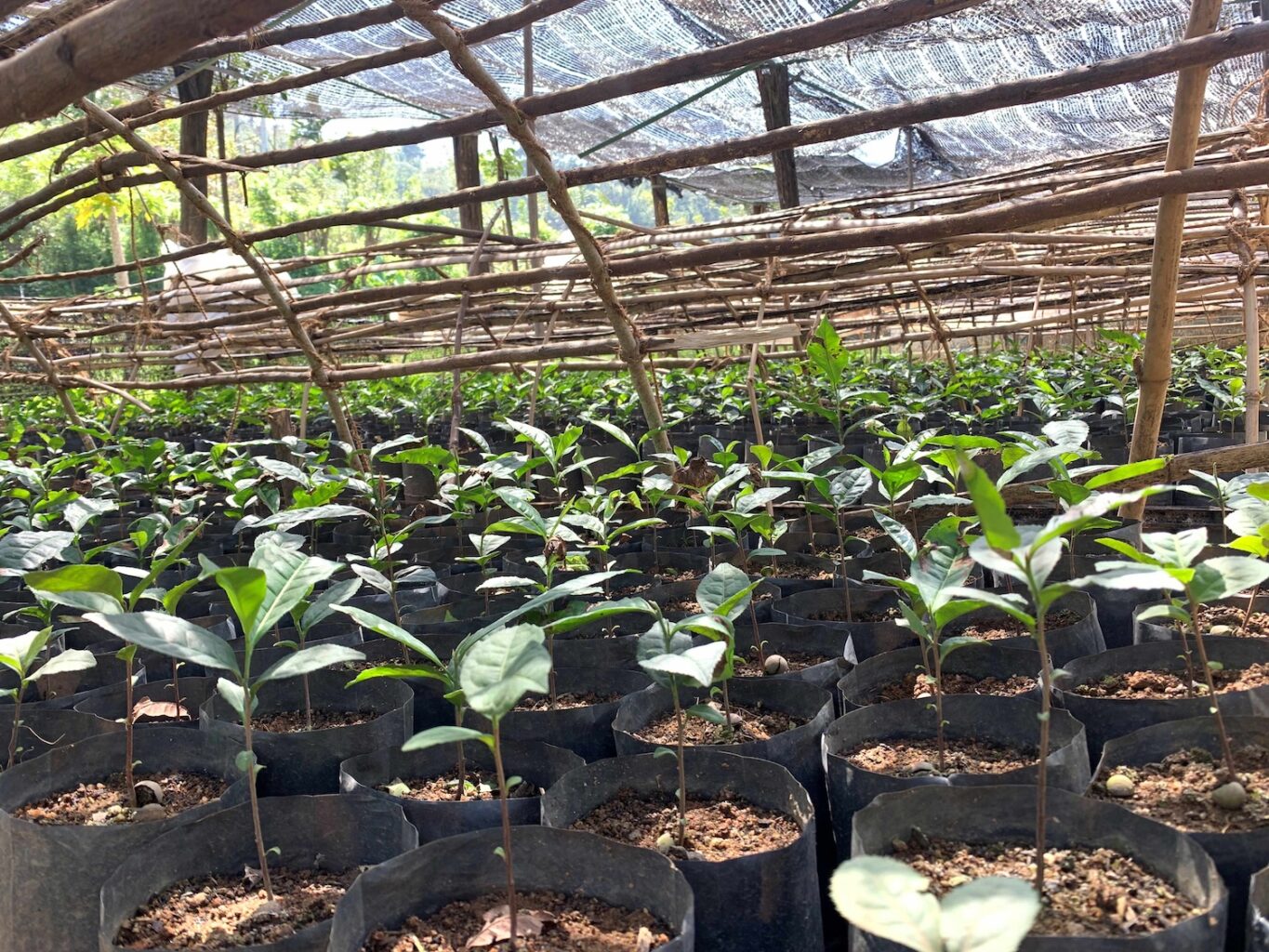
Many of these communities are feeling the effects of climate change, so G Adventures wanted to take action—but not through carbon offsets.
“It seemed the primary response that most responsible tourism companies were having was—to put it in rather frank terms—to hire Northern, white consultants or companies to measure their carbon footprint and then pay for offsets,” says Jamie Sweeting, president of Planeterra and vice president of social enterprise and responsible travel at G Adventures. “We were like, well, there seems to be a bit of a climate injustice in this.”
So they took a different route. Looking at the juxtaposition of climate, biodiversity, community, and tourism, they aimed to create a regenerative solution that works with communities, many of which are indigenous and rural.
Planting native trees in deforested areas can reduce landslides and drought, recharge aquifers, and restore ecosystems. Planting and maintaining the trees, and harvesting crops from some of them, creates jobs and raises local incomes. The projects also support the community partners’ broader work in education and health, and they help people safeguard their cultures. “There’s a health and well-being piece to it and a climate justice piece to it as well,” Sweeting says.
A Sustainable, Organic Farm in Sri Lanka
While on a G Adventures trip, I saw this approach in action at the organic tea farm in Sri Lanka, called Amba Estate. Through Trees for Days, 38,000 trees have been planted at Amba, both in previously deforested areas and among the farm’s crops.
“In Sri Lanka, one of the biggest problems is there’s too much rain for periods of the year, and there are landslides and topsoil being washed away—and not enough rain in other periods of the year. So more forest cover enables us to retain soil and prevent landslides, but also retain water for the drier seasons,” says Simon Bell, managing director of Amba.
When the new trees are planted among the tea plants, the tea fields don’t look like an even carpet of green—they look more like forests, Bell says.
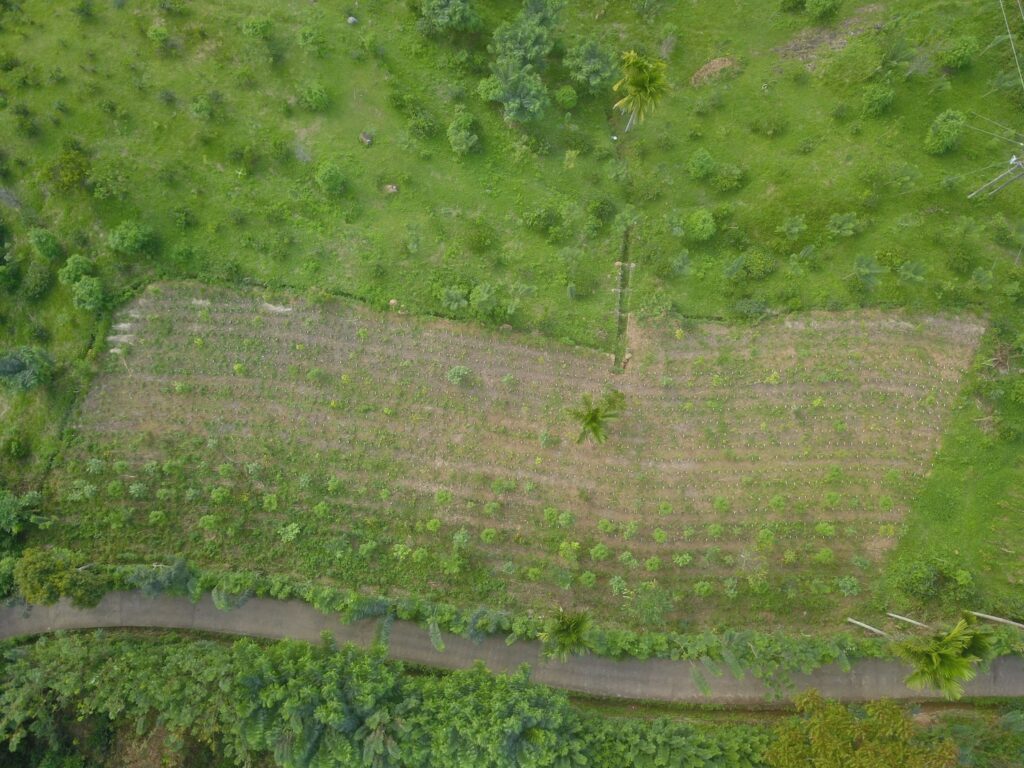
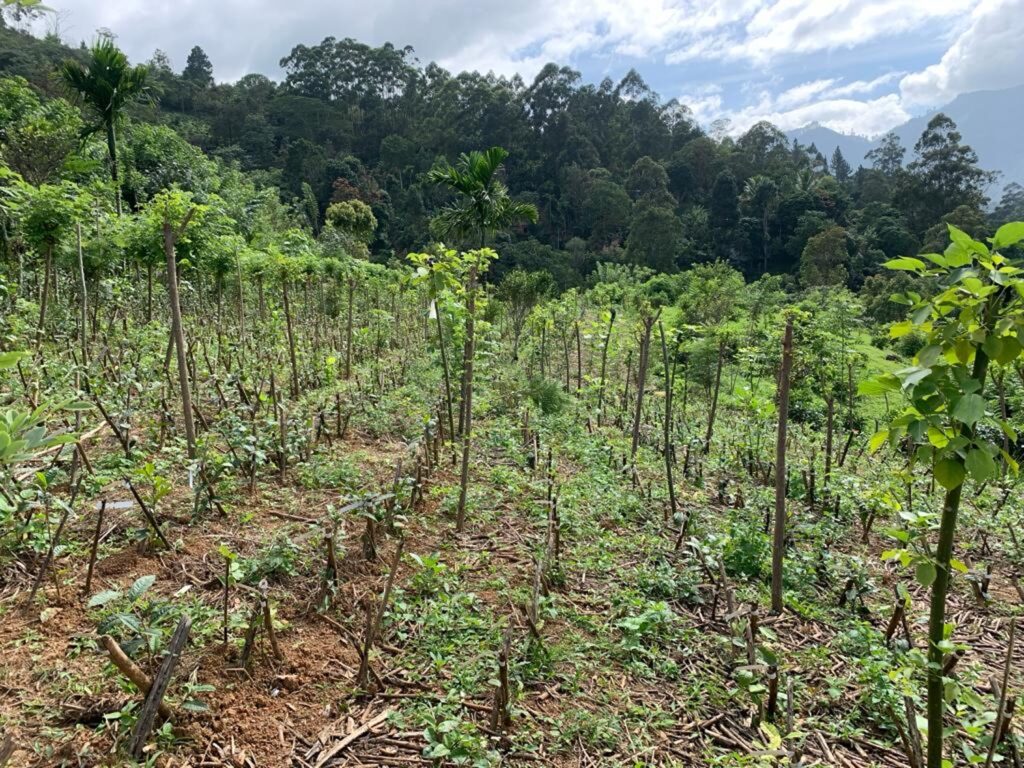
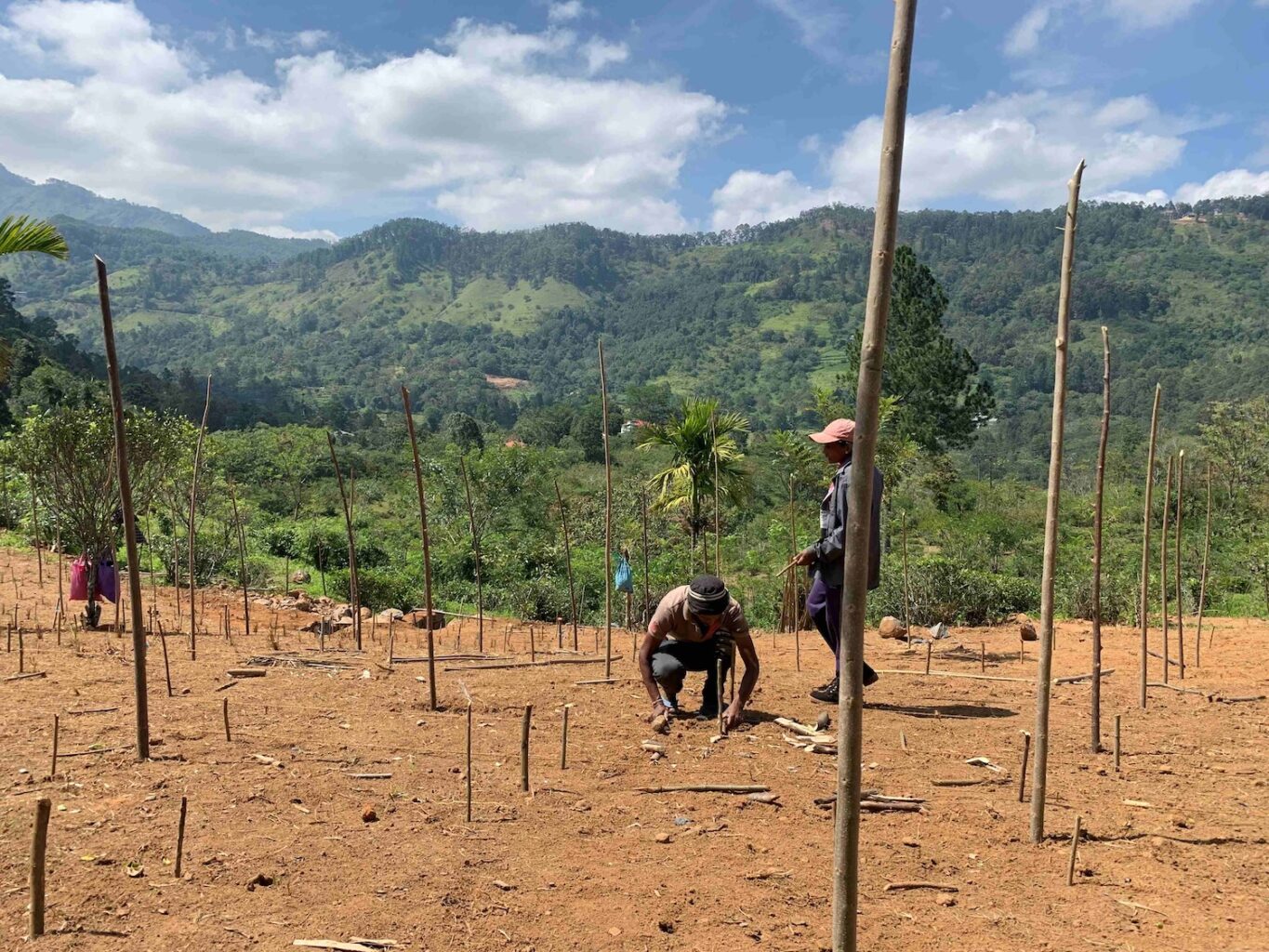
Trees for Days has created the equivalent of 10 full-time positions. Amba Estate’s mission is to increase economic opportunities for the local people, and in the past 10 years, it has raised workers’ wages more than tenfold. It shares 10% of its profits with its staff. It started a chutney collective that equips local women to be entrepreneurs. It helps fund medical visits and English classes for children after school.
Amba Estate hosts tourists in guest houses, serving organic food that is either grown on site or sourced from local people. The farm’s cows were rescued. (I got to see a newly born calf!)
Along with the trees it plants, Amba grows coffee seedlings and distributes them to anyone in the community who wants them. They train the recipients on how to grow the trees and earn money selling coffee beans and cherries, sometimes to Amba. The estate works to bring more tourism to the area and to develop high-value products, like its award-winning artisanal teas, to export from it.
Trees Around the World
In all of the 20 sites where Trees for Days operates, the community benefit is central.
“What we’ve done is picked organizations out there that have a record of having focused on community-led tree planting activities that benefit communities directly,” says Thomas Armitt, senior manager of projects and partnerships at Planeterra Foundation. “This is everything from mitigating soil erosion, improving the yield of crops through sustainable agroforestry, sustainable harvesting of non-timber forest products like fruits, nuts, and medicinal plants, and protecting watersheds.”
Another example, on a bigger scale than Amba, is the 450,000 trees planted in the Ihorombe region of Madagascar to combat deforestation. “Our reforestation site is close to a river, but at the end of the dry season, this river is completely dry,” so drinking water must be trucked in, says Jacob Ter Veen, cofounder of the organization Soa Zara. “We plant the trees to create forests. These forests will attract rainfall, so you’ll have more water coming down and being absorbed by the soil.”
The river has become drier in recent years. “Now, when people do the laundry in that river, it’s a lot more damaging to the ecosystems than before,” Ter Veen says. So Trees for Days helped build a wash station with a water tower in the village, which collects, filters, and reuses the water. It also funds school canteens.
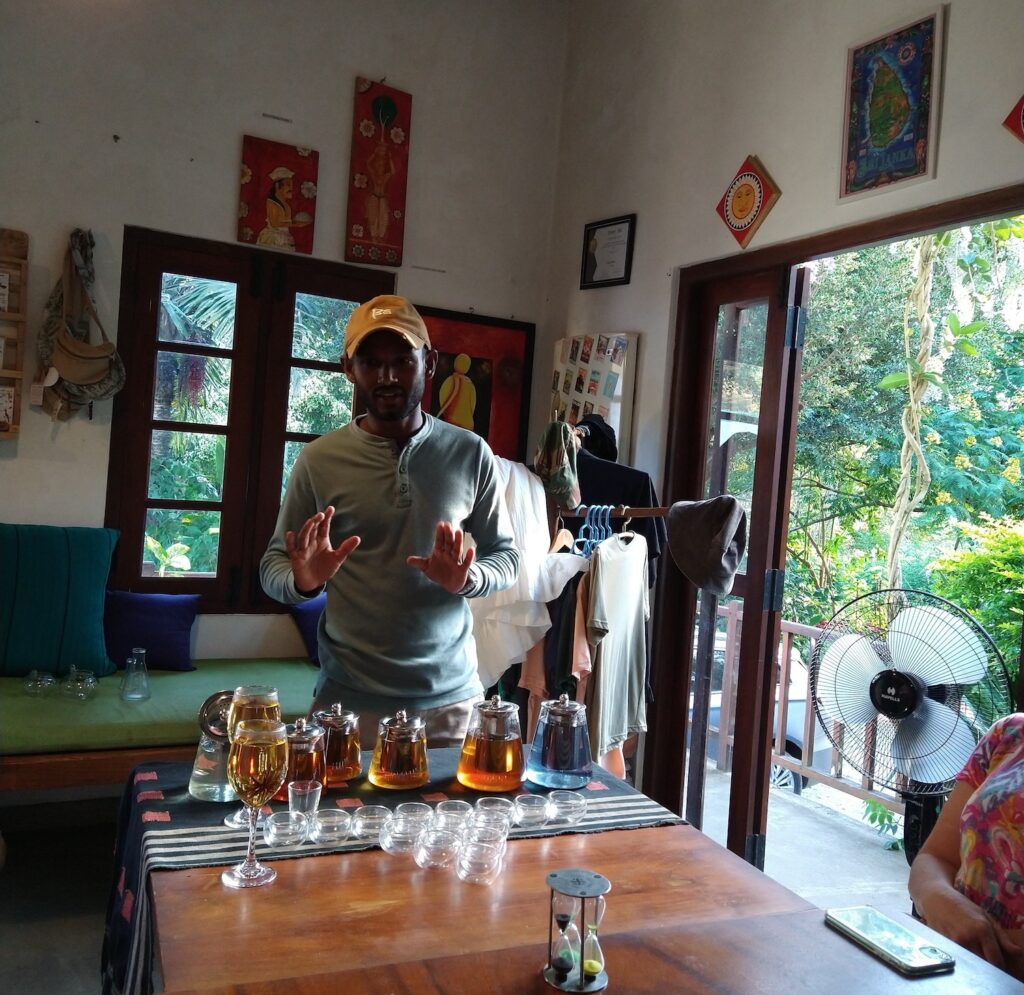
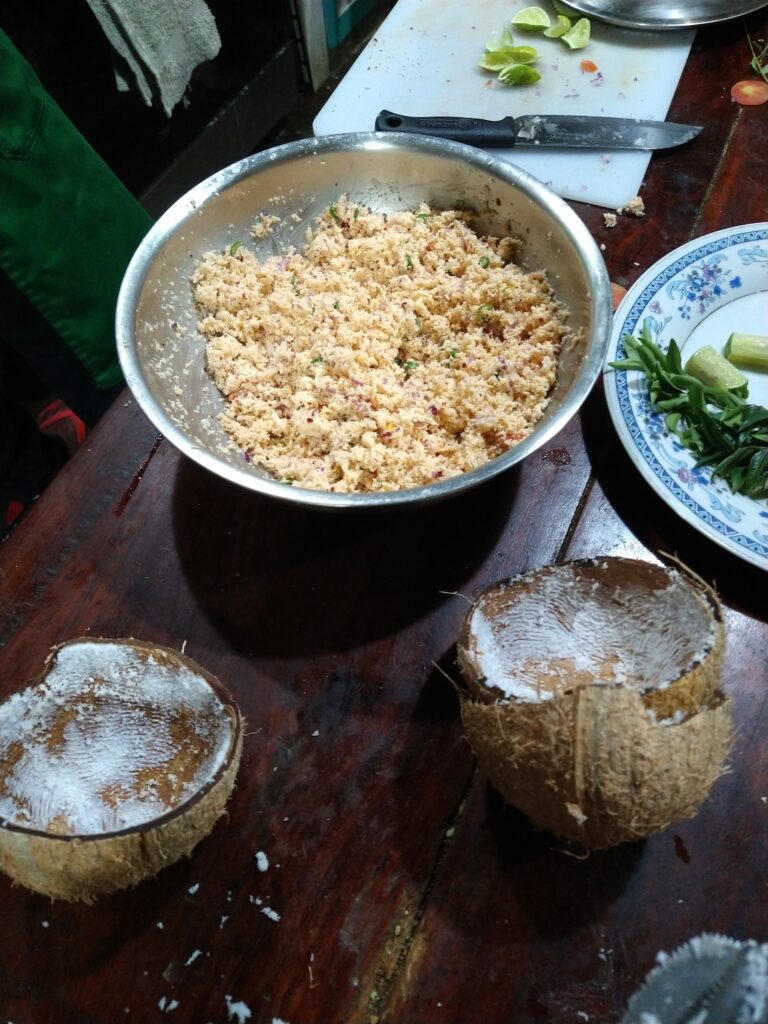
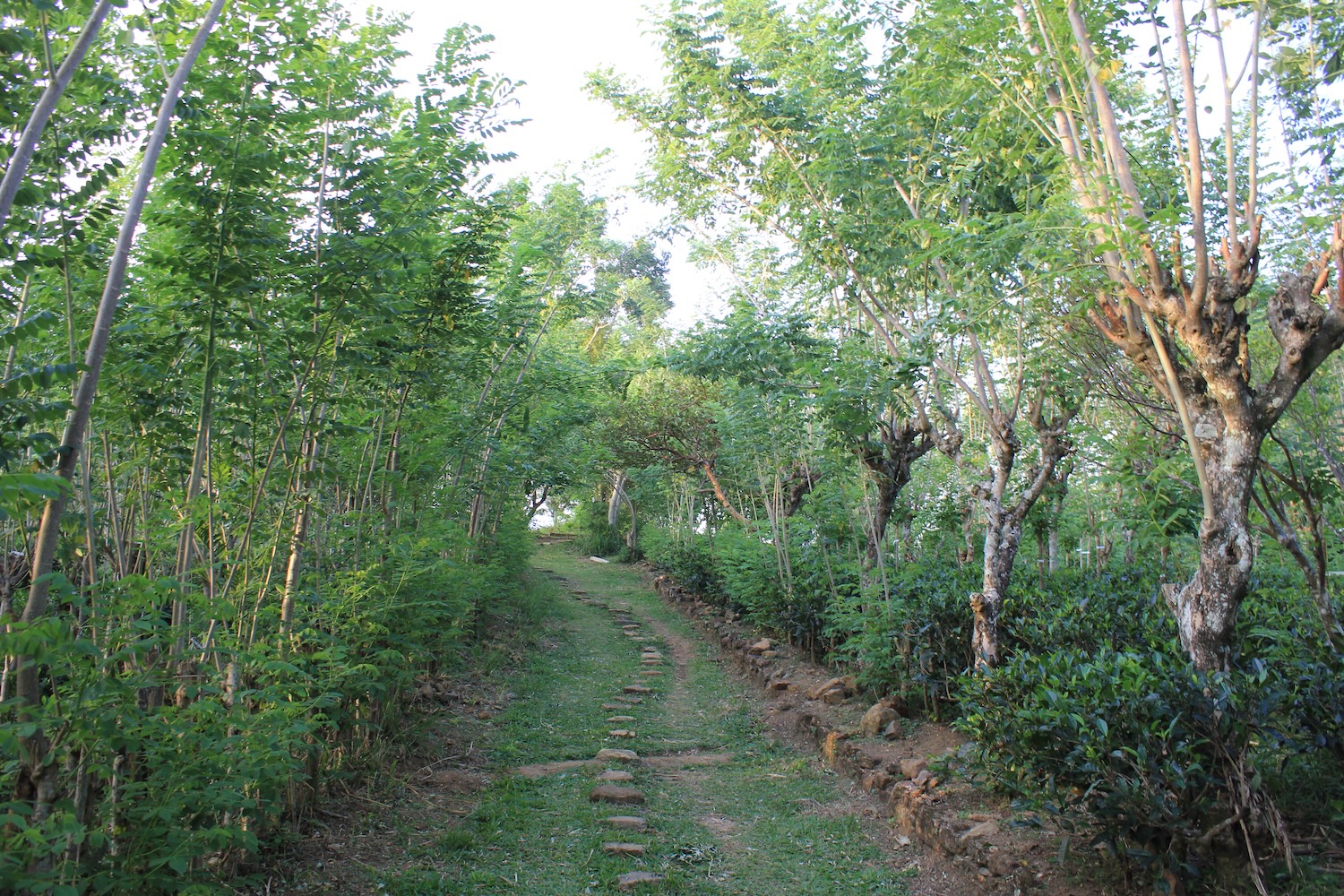
The 3.8 million trees that Trees for Days has planted around the world connect to people’s livelihoods and well-being. Some of these projects uplift youth and women in particular.
“Young people are gaining valuable skills and meaningful work in tree nurseries and restoration activities, which helps keep them engaged locally and reduces the pressure to migrate elsewhere. At the same time, women are stepping into leadership roles, influencing decisions and benefiting economically from these initiatives,” Armitt says. “Alongside these social gains, we’re seeing early environmental benefits such as improved soil health and reduced erosion.”
For me, spending time at Amba was restorative. I felt immersed in the lush landscape and nourished by the organic food—some of the most delicious food I’ve ever eaten. The tea I bought came in fabric bags made by women recovering from mental illness at a halfway home. I learned how to cook traditional Sri Lankan foods from a chef who had also led my group on an 11-mile hike earlier that day. The experience was worlds away from staying at a typical hotel.
Trees for Days’ approach multiplies the benefits of planting trees. And it makes tourism less extractive and more regenerative.
